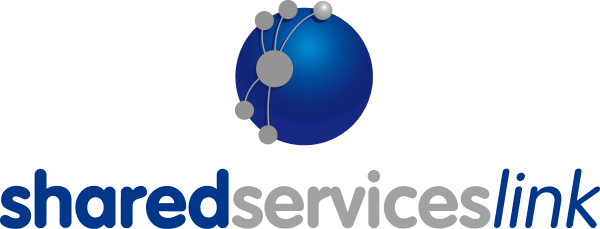Choosing the Right E-Invoicing Network: Key Features, Benefits, and Questions to Ask

Key Features of a World-Class E-Invoicing Network
To help you identify the best e-invoicing network, we’ve identified five critical features. For each, we've listed essential questions you should ask your prospective provider—and the answers you should expect to hear.
1. Any-to-Any File Format
This feature determines whether your e-invoicing program succeeds or fails. “Any-to-any” refers to the ability to accept any file format from a supplier. The more flexible the network is, the higher your supplier engagement will be.
- Question: What file formats can suppliers use to send their electronic invoices?
- Answer you want to hear: “We accept any file format from your suppliers, and we’ll create a unique map for each supplier to ensure seamless connectivity.”
- Providers offering true “any-to-any” functionality have mapping teams to support this capability, making it easy for suppliers to send invoices without costly modifications.
2. VAT Compliance
Governments are increasingly mandating electronic invoicing to close VAT gaps, requiring businesses to send VAT-compliant invoices. Compliance with local mandates is essential to avoid penalties.
- Question: Who creates the legal invoice?
- Answer you want to hear: “We handle the creation of the legal invoice, ensuring it complies with all local government mandates and validation requirements.”
- Providers with strong compliance capabilities should demonstrate expertise, as this ensures seamless operations and reduces the risk of non-compliance.
3. Supplier Onboarding
Supplier onboarding is critical to the success of your e-invoicing campaign. You’ll want a provider that takes responsibility for this process, rather than leaving it to you.
- Question: What is your supplier onboarding process, and what are your success rates?
- Answer you want to hear: “We handle the entire onboarding process, with a team dedicated to onboarding. We convert 74% of suppliers in the first 12 months and offer service level agreements for the next 24-36 months.”
- A robust onboarding strategy ensures high supplier participation, which is key to the success of your e-invoicing program.
4. Open to Interoperability
Interoperability between e-invoicing networks allows suppliers using different systems to seamlessly connect. Closed networks create barriers, leading to higher costs and slower supplier adoption.
- Question: What percentage of your electronic invoice volume comes from other e-invoicing networks?
- Answer you want to hear: “We are an open network and actively partner with 30 networks, aiming to increase this to 90 by 2024. We believe interoperability is key to success.”
- Open networks reduce complexity and cost for suppliers, making them more likely to engage.
5. Transparent Pricing
Pricing is an important factor, but you want to avoid providers that offer suspiciously low costs. Good e-invoicing networks invest in vital capabilities like mapping, VAT compliance, and onboarding.
- Question: How do you make money?
- Answer you want to hear: “We charge buyers through transaction fees, with a small portion of revenue coming from suppliers. Our service is free for suppliers sending fewer than 52 invoices a year.”
- Transparent pricing ensures the provider can continue investing in critical areas like compliance and supplier onboarding, leading to long-term success.
Conclusion:
As more governments mandate e-invoicing and businesses seek efficiency, it’s critical to choose the right provider. By asking the right questions and understanding the importance of features like any-to-any file formats, VAT compliance, supplier onboarding, and interoperability, you can make an informed decision that benefits your organization and its suppliers.
